Home>Furniture>Outdoor Furniture>What Is The Difference Between A Terrace And A Patio
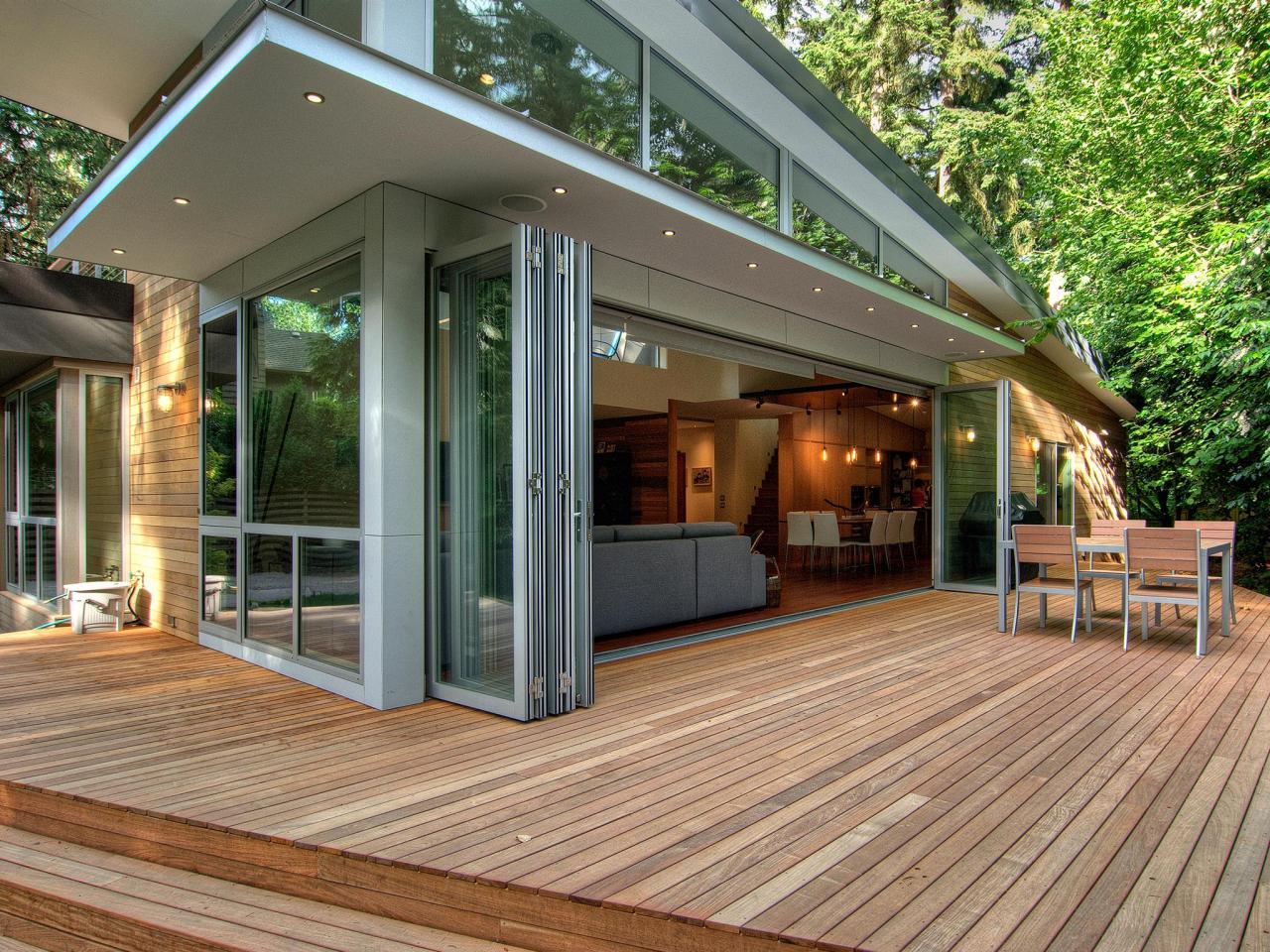

Outdoor Furniture
What Is The Difference Between A Terrace And A Patio
Modified: March 7, 2024
Discover the distinction between a terrace and a patio, and find the perfect outdoor furniture to enhance your outdoor living space.
(Many of the links in this article redirect to a specific reviewed product. Your purchase of these products through affiliate links helps to generate commission for Storables.com, at no extra cost. Learn more)
Introduction
Outdoor spaces are an essential part of any home, providing a retreat for relaxation, entertainment, and enjoying the outdoors. Two popular outdoor features often found in homes are terraces and patios. While they may seem similar at first glance, there are distinct differences between the two. Understanding these differences is important for homeowners looking to enhance their outdoor living experience.
In this article, we will explore the definition, location, design, construction materials, usage, cost considerations, maintenance requirements, and advantages of both terraces and patios. By the end, you’ll have a clear understanding of the unique characteristics of both features, helping you make an informed decision when it comes to planning and designing your outdoor space.
Key Takeaways:
- Terraces offer elevated, luxurious outdoor spaces with panoramic views, privacy, and ample room for entertaining, seamlessly blending indoor and outdoor living for a serene retreat.
- Patios provide accessible, versatile outdoor areas with low maintenance, family-friendly features, and cost-effective options, creating a functional and inviting space for year-round enjoyment.
Definition of a Terrace
A terrace is an elevated outdoor space that is typically attached to a house or building. It is commonly built on a higher level than the surrounding ground, offering a panoramic view of the landscape. Terraces are often designed to take advantage of scenic views, whether it be the ocean, mountains, or a beautiful garden. They can be found in both residential and commercial settings.
Depending on the location and design, a terrace can be accessed through a sliding glass door or a set of steps. They are usually larger in size compared to patios, offering ample space for outdoor furniture, dining sets, and relaxation zones. Terraces are known for their versatility and can be used for various purposes such as hosting parties, enjoying meals, sunbathing, or simply lounging with a good book.
One distinctive feature of a terrace is its elevation. Due to its raised position, they often require a railing or barrier for safety purposes. This feature not only adds an aesthetic appeal but also provides a sense of security, especially for homes with children or pets.
Terraces can be designed using a variety of materials such as wood, stone, concrete, or composite decking. The choice of material depends on personal preference, budget, and the overall style of the home. Additionally, terraces may have built-in features such as fire pits, pergolas, or outdoor kitchens, further enhancing their functionality and visual appeal.
Overall, a terrace offers a luxurious and elevated outdoor experience, allowing homeowners and guests to enjoy breathtaking views while creating a captivating outdoor living space.
Definition of a Patio
A patio is a paved outdoor area that is adjacent to a house or building. Unlike a terrace, a patio is typically at ground level or slightly raised and is usually constructed with concrete, stone, brick, or pavers. Patios are versatile spaces that can be designed in various shapes and sizes to fit the available area and complement the overall style of the home.
One of the key characteristics of a patio is its accessibility. They are often connected to the interior of the house through sliding glass doors, French doors, or a simple walkway. This seamless connection between indoor and outdoor spaces makes patios ideal for entertaining and hosting gatherings.
Patios are commonly used as an extension of the living space, providing a place for outdoor dining, lounging, and recreational activities. Homeowners can furnish patios with outdoor furniture such as tables, chairs, loungers, and even outdoor kitchens or grilling areas. Additionally, patios can be adorned with decorative elements like potted plants, water features, or outdoor lighting to enhance the ambiance.
One advantage of patios is their versatility in terms of location. They can be situated in various areas of the property, such as the backyard, side yard, or even on rooftops. This flexibility allows homeowners to create a patio that suits their lifestyle and maximizes the available space.
Furthermore, patios provide an excellent opportunity for homeowners to showcase their personal style and design preferences. The choice of materials and finishes can greatly impact the overall aesthetic of the patio, whether it be a sleek and modern look or a more rustic and natural appeal.
Overall, a patio offers a functional and inviting outdoor space that seamlessly blends with the interior of the home. It provides a versatile area for relaxation, entertainment, and enjoying the company of family and friends.
Location and Design
The location and design of both terraces and patios can significantly impact the overall functionality and aesthetics of an outdoor space.
When it comes to location, terraces are typically found on higher levels of a property, providing an elevated vantage point and expansive views. They are commonly attached to the main structure of the house and can be located on upper floors, rooftops, or even on hillside properties. The elevated position of terraces offers the advantage of privacy and allows homeowners to enjoy breathtaking views of their surroundings.
On the other hand, patios are usually situated on the ground level or slightly raised, adjacent to the main structure of the house. They can be located in the backyard, side yard, or even in the front yard. The accessibility of patios from interior spaces makes them ideal for seamless indoor-outdoor transitions.
In terms of design, both terraces and patios offer numerous possibilities. Terraces are often built with a solid foundation and can be designed to match the architectural style of the house. The use of materials such as wood, stone, or concrete can greatly enhance the overall appeal. Terraces can also feature additional elements such as pergolas, awnings, or outdoor curtains to provide shade and protection from the elements.
Patios, on the other hand, can have a more diverse range of design options. They can be constructed with various paving materials such as concrete, natural stone, brick, or pavers. The shape and layout of the patio can be customized to fit the available space and functional needs. Patios can feature curves, straight lines, or even intricate patterns for added visual interest.
Additionally, both terraces and patios can incorporate landscaping elements to create a harmonious outdoor environment. Planters, flower beds, and greenery can be integrated into the design, adding beauty and tranquility to the space.
The location and design of terraces and patios ultimately depend on personal preferences, the layout of the property, and the desired functionality of the outdoor space. Whether you choose a terrace for its elevated views or a patio for its convenient accessibility, both options offer unique possibilities to create an inviting and enjoyable outdoor living area.
Construction Materials
Choosing the right construction materials for your terrace or patio is essential in ensuring durability, aesthetics, and functionality. Both terraces and patios can be constructed using a variety of materials, each with its own characteristics and benefits.
For terraces, popular construction materials include:
- Wood: Wooden terraces offer a warm and natural aesthetic appeal. They can be constructed using treated lumber, hardwoods like teak or cedar, or composite decking materials. Wood provides a classic and timeless look but may require regular maintenance to prevent rot and weathering.
- Stone: Natural stone such as flagstone, limestone, or slate is a popular choice for terrace construction. Stone provides a luxurious and sophisticated look, and its durability makes it suitable for various climates. However, it can be more expensive and may require professional installation.
- Concrete: Concrete terraces are a cost-effective and versatile option. They can be poured or stamped to create a variety of textures and designs. Concrete offers excellent durability and requires minimal maintenance, making it a practical choice for long-term use.
When it comes to patio construction materials, the options are similarly diverse:
- Concrete: The most common choice for patios is concrete. It is affordable, easy to install, and can be customized with various finishes and colors. Concrete patios are durable and low maintenance, making them a popular option among homeowners.
- Brick: Brick patios provide a classic and timeless look. They are available in different colors and patterns, offering a range of design possibilities. Brick is known for its durability and can withstand different weather conditions.
- Stone: Natural stone such as flagstone, travertine, or sandstone can create a beautiful and elegant patio surface. Stone patios offer a unique and organic feel and can be combined with other materials for added visual interest. They do require a higher initial investment and may need occasional maintenance.
- Pavers: Pavers are pre-cut concrete or stone blocks that can be laid in various patterns to create a stunning patio surface. They are versatile, easy to install, and come in a wide range of colors, shapes, and sizes.
Ultimately, the choice of construction material for your terrace or patio depends on personal preference, budget, and the desired aesthetic. It is always recommended to consult with professionals to determine the best material for your specific needs, taking into consideration factors such as climate, maintenance requirements, and durability.
Usage and Purpose
Terraces and patios are designed to enhance outdoor living spaces and offer various opportunities for relaxation, entertainment, and enjoyment. Understanding their usage and purpose can help homeowners make informed decisions when it comes to designing and utilizing these outdoor areas.
Terraces, with their elevated position and panoramic views, create an ideal environment for relaxation and taking in the surrounding scenery. They offer a private and serene space for homeowners to unwind, read a book, or simply enjoy a morning coffee. The expansive size of terraces also makes them perfect for hosting gatherings and parties, providing ample space for outdoor seating, dining, and entertaining guests.
Additionally, terraces can serve as an extension of indoor living areas, allowing for a seamless transition between indoor and outdoor spaces. This versatility makes them a perfect spot for al fresco dining, enjoying an evening cocktail, or even setting up an outdoor kitchen for those who love to grill or cook outdoors.
On the other hand, patios offer a more accessible and functional outdoor space. They are often used as an extension of the living area, providing a convenient place for dining, socializing, and entertaining. Patios are commonly furnished with outdoor furniture, such as dining sets, lounge chairs, and hammocks, allowing homeowners to create a comfortable and inviting outdoor living space.
Patios are also versatile in terms of usage. They can be transformed into a cozy outdoor living room, complete with sofas and fire pits, making it a perfect spot for gathering with friends and family. Additionally, patios can be used for activities such as yoga or Pilates, outdoor games, or even as a play area for children.
Both terraces and patios can incorporate elements of relaxation and entertainment, depending on personal preferences and lifestyle. Whether you prefer the tranquility of a terrace or the functional versatility of a patio, these outdoor spaces are designed to enhance your overall outdoor living experience and provide a place for you to unwind, connect with nature, and create lasting memories with loved ones.
A terrace is an elevated outdoor space, often connected to a building, while a patio is at ground level and can be attached or detached from a building. Consider the layout and purpose when choosing between the two for your outdoor space.
Cost Considerations
When planning for the construction or renovation of a terrace or patio, it is important to consider the associated costs. The cost of building a terrace or patio can vary depending on several factors, including the size, location, materials used, labor costs, and any additional features or customization.
Terraces, being elevated structures, generally require more complex construction compared to patios. The cost of building a terrace may include expenses such as the foundation work, structural support, railing installation, and any exterior finishes. The choice of materials will also play a significant role in the cost, with options like high-end wood or stone being more expensive compared to concrete or composite decking.
The cost of a patio, on the other hand, can vary depending on the size, materials used for the paving, and any additional features. Concrete is typically the most cost-effective option for a patio, while materials like stone or brick can increase the overall cost. The complexity of the design, such as intricate patterns or irregular shapes, may also affect the cost of labor and materials.
It is important to consider the long-term costs associated with maintenance and upkeep as well. While patios made with concrete or pavers generally require minimal maintenance, terraces made with wood may need regular sealing, staining, or refinishing. Additionally, the choice of plants and landscaping elements can also impact ongoing maintenance costs.
Factors such as location and accessibility may also affect the cost. Building a terrace on a hillside or rooftop may require additional structural considerations, which can increase the overall cost. Similarly, creating a patio in a hard-to-reach area or requiring extensive excavation may also involve higher expenses.
It is recommended to consult with professionals, such as contractors or landscape architects, to get accurate cost estimates based on your specific project requirements. They can provide guidance on cost-effective options, materials, and design choices that suit your budget while still achieving the desired outcome.
Considering your budget and understanding the cost implications upfront will help you make informed decisions and ensure that your terrace or patio project stays within your financial means.
Maintenance Requirements
Proper maintenance is essential to keep terraces and patios in good condition and extend their lifespan. Understanding the maintenance requirements of these outdoor features will help ensure they remain functional, safe, and visually appealing for years to come.
Terraces, particularly those made with wood, require regular maintenance to protect them from weathering, moisture, and insect damage. Wood terraces should be inspected annually for any signs of rot or decay. Applying a sealant or stain every few years can help preserve the wood and prevent deterioration. Regular cleaning, such as sweeping off debris and leaves, can also prevent the buildup of dirt and promote longevity.
Stone and concrete terraces usually require less maintenance. However, occasional cleaning with a mild detergent and water will help remove any stains or debris. It is important to inspect the terrace for any cracks or damage, which should be addressed promptly to prevent further deterioration.
For patios, regular cleaning is also important to maintain their appearance and prevent dirt or stains from becoming embedded in the surface. Regular sweeping or power washing can help remove debris and keep the patio clean. Sealants can be applied to concrete or stone surfaces to protect against stains and weathering, and reapplication may be needed every few years.
If a patio has pavers or bricks, occasional maintenance may be required to reset any loose or uneven stones. This will help prevent tripping hazards and keep the patio surface even and safe. Additionally, it is important to inspect joints and gaps between pavers and refill them with sand or mortar as needed to prevent weeds from growing and to maintain stability.
Both terraces and patios may benefit from regular inspection of any additional features or structures. This includes checking the integrity of railings, pergolas, or awnings and addressing any repairs or replacements as necessary.
Furthermore, the maintenance of landscaping elements surrounding the terrace or patio should not be overlooked. Pruning trees or shrubs, removing weeds, and regular irrigation will help keep the outdoor space visually appealing and prevent any damage to the terrace or patio from overgrown plants.
Maintaining a routine maintenance schedule and addressing any issues promptly will help keep terraces and patios in optimal condition. It is advisable to consult with professionals or refer to manufacturer guidelines for specific maintenance recommendations based on the materials used in construction.
By investing time and effort into regular maintenance, you can enjoy your terrace or patio for years to come, while also ensuring its safety and preserving its aesthetic appeal.
Advantages of Terraces
Terraces offer unique advantages that make them a desirable outdoor feature for homeowners. From stunning views to increased privacy, here are some of the key benefits of having a terrace:
1. Panoramic views: One of the most significant advantages of a terrace is the opportunity to enjoy breathtaking views. Being elevated, terraces offer unobstructed vistas of the surrounding landscape, whether it be a city skyline, sprawling countryside, or serene ocean waters. This elevated perspective creates a sense of openness and tranquility, providing a peaceful retreat within the comfort of your own home.
2. Privacy: Terraces often provide a higher level of privacy compared to other outdoor spaces. The elevated position allows homeowners to enjoy their outdoor living area without feeling exposed to prying eyes or neighboring properties. This added privacy allows for a greater sense of relaxation and intimacy in your outdoor space.
3. More outdoor space: Terraces are generally larger in size compared to patios, providing more room for various activities and design possibilities. Whether you want to host outdoor gatherings, set up a dining area, or create multiple seating areas, a spacious terrace can accommodate your needs and desires.
4. Seamless indoor-outdoor living: Terraces seamlessly blend the indoors with the outdoors, creating a cohesive living space that maximizes the enjoyment of both areas. With a sliding glass door or easy access from the interior of the house, terraces provide a seamless transition between indoor and outdoor living, allowing you to effortlessly extend your living space and enjoy the benefits of nature.
5. Entertaining possibilities: Thanks to their spaciousness, terraces are ideal for hosting outdoor gatherings and entertaining friends and family. The panoramic views, abundant seating, and open space make them the perfect setting for parties, barbecues, and other social events. Plus, having a terrace as your outdoor entertaining area adds a touch of elegance and sophistication to any gathering.
6. Flexibility and customization: Terraces offer a higher level of design flexibility and customization. Whether you prefer a modern or traditional aesthetic, terraces can be tailored to your personal style and preferences. With options for various materials, finishes, and additional features like fire pits or pergolas, terraces can be transformed into a unique and inviting outdoor space that reflects your personality.
7. Property value: The presence of a well-designed and well-maintained terrace can significantly enhance the value of your property. Potential buyers are often drawn to homes with outdoor spaces that offer scenic views, privacy, and ample entertainment possibilities. A terrace can be a desirable selling point and increase the overall value of your home.
With their impressive views, ample space, and seamless integration with the indoors, terraces provide homeowners with a luxurious and versatile outdoor living experience.
Advantages of Patios
Patios offer numerous advantages that make them a popular choice for outdoor living spaces. From versatility to accessibility, here are some of the key benefits of having a patio:
1. Accessibility: Patios are typically located at ground level or slightly raised, making them easily accessible from both indoor and outdoor areas. This accessibility allows for seamless transitions between the interior and exterior spaces, creating a convenient and comfortable flow for everyday living and entertaining.
2. Versatility: Patios are incredibly versatile spaces that can be used for a wide range of activities and purposes. Whether you want to dine al fresco, relax with a book, host a barbecue, or create an outdoor entertainment area, patios provide the flexibility to design and utilize the space according to your specific needs and preferences.
3. Design options: Patios offer a plethora of design options and materials to choose from. Whether you prefer the classic look of concrete or the warmth of natural stone or brick, there is a wide range of paving materials available to suit your style. Additionally, patio design can be customized with various shapes, patterns, and finishes, allowing you to create a unique and visually appealing outdoor space.
4. Low maintenance: Patios generally require less maintenance compared to other outdoor features. With materials like concrete or pavers, regular cleaning and occasional sealing are usually sufficient to keep the patio looking great. This low maintenance requirement allows you to spend more time enjoying the outdoor space rather than constantly maintaining it.
5. Outdoor entertaining: Patios are perfect for entertaining guests and hosting social gatherings. With the ability to accommodate outdoor furniture, dining sets, and even outdoor kitchens or grilling areas, patios provide a versatile and inviting space for hosting barbecues, parties, and other events. The close proximity to the house makes it convenient to access amenities and facilities for seamless entertaining.
6. Cost-effective: Patios are often more cost-effective compared to terraces or other outdoor features. With various paving materials available at different price points, homeowners can choose a material that fits their budget while still achieving their desired design aesthetic. Additionally, the lower construction and labor costs associated with patios contribute to their overall affordability.
7. Family-friendly: Patios are family-friendly outdoor spaces that provide a safe and secure area for children and pets to play. The proximity to the house allows for easier supervision, while the level surface provides a stable ground for activities. Patios can also be enhanced with features such as shade structures or covered areas, making them usable in various weather conditions and seasons.
With their accessibility, versatility, and low maintenance requirements, patios offer homeowners a functional and inviting outdoor space that can be enjoyed year-round.
Conclusion
When it comes to creating an inviting and functional outdoor living space, both terraces and patios offer unique advantages and design possibilities. Understanding the differences between the two can help homeowners make informed decisions based on their preferences, needs, and the layout of their property.
Terraces, with their elevated positions and panoramic views, provide a luxurious and serene outdoor experience. They offer breathtaking vistas, enhanced privacy, and ample space for entertaining and relaxation. Terraces seamlessly combine indoor and outdoor living, creating a seamless flow and a perfect retreat for enjoying nature from a higher vantage point.
Patios, on the other hand, offer accessibility, versatility, and convenience. They are located at ground level or slightly raised, making them easily accessible and seamlessly connected to the interior of the house. Patios allow for various activities, including dining, entertaining, and relaxation, and offer ample design options to suit different personal tastes and styles.
Both terraces and patios can be personalized and customized to reflect the homeowner’s preferences and create a unique outdoor space. The choice of materials, furnishings, and additional features can further enhance the functionality, aesthetics, and overall enjoyment of these outdoor areas.
Ultimately, the decision between a terrace and a patio will depend on factors such as desired views, privacy requirements, accessibility, available space, budget, and personal preference. It is recommended to consult with professionals, such as contractors or landscape designers, who can provide expert guidance and help in designing and constructing the perfect outdoor space.
Whether you opt for a terrace or a patio, both options provide homeowners with the opportunity to extend their living space, enjoy the beauty of the outdoors, and create cherished experiences with family and friends. By carefully considering the advantages and characteristics of each, you can transform your outdoor area into a stunning and functional oasis that meets your lifestyle and enhances the overall value of your property.
Frequently Asked Questions about What Is The Difference Between A Terrace And A Patio
Was this page helpful?
At Storables.com, we guarantee accurate and reliable information. Our content, validated by Expert Board Contributors, is crafted following stringent Editorial Policies. We're committed to providing you with well-researched, expert-backed insights for all your informational needs.
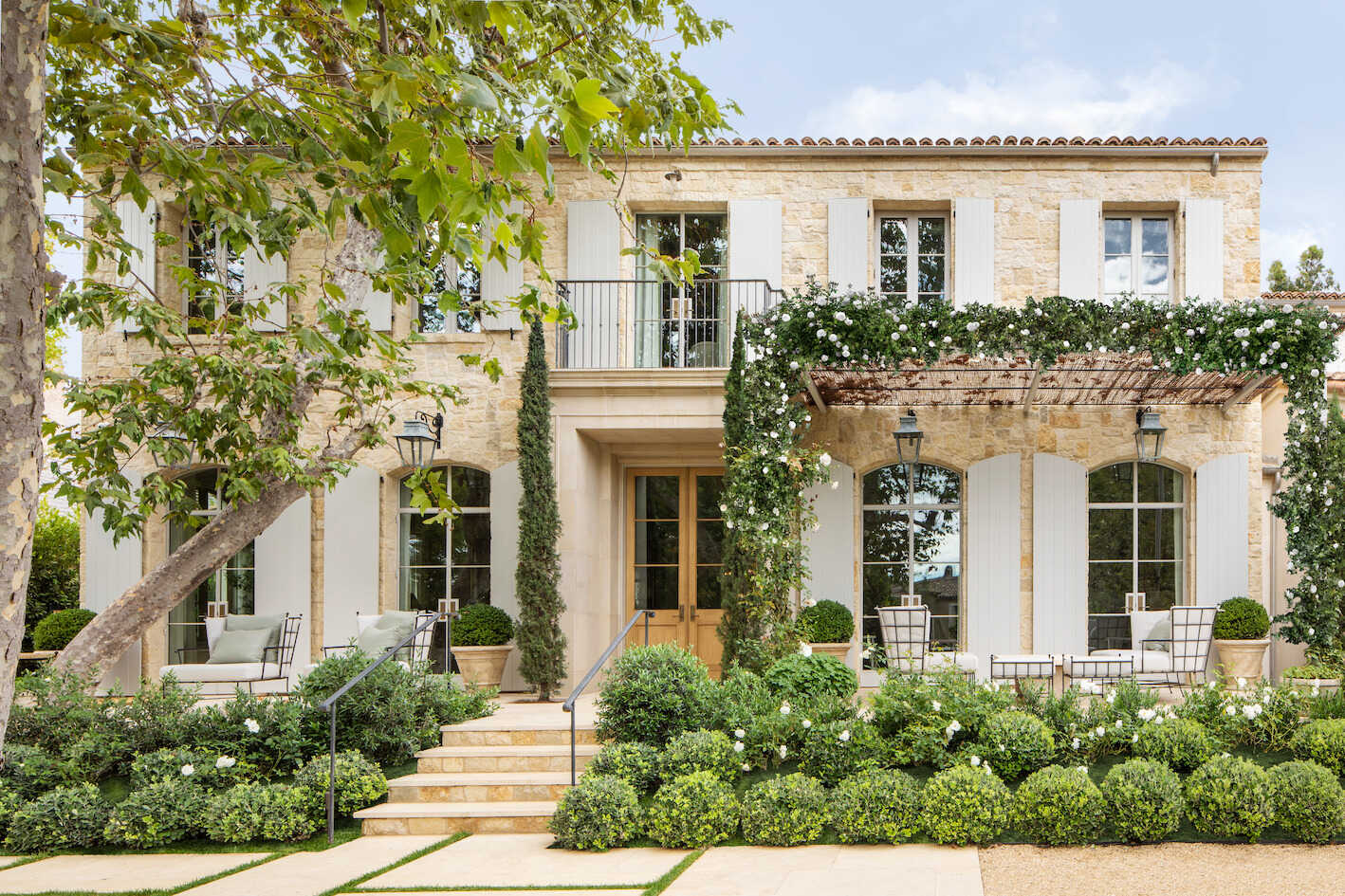
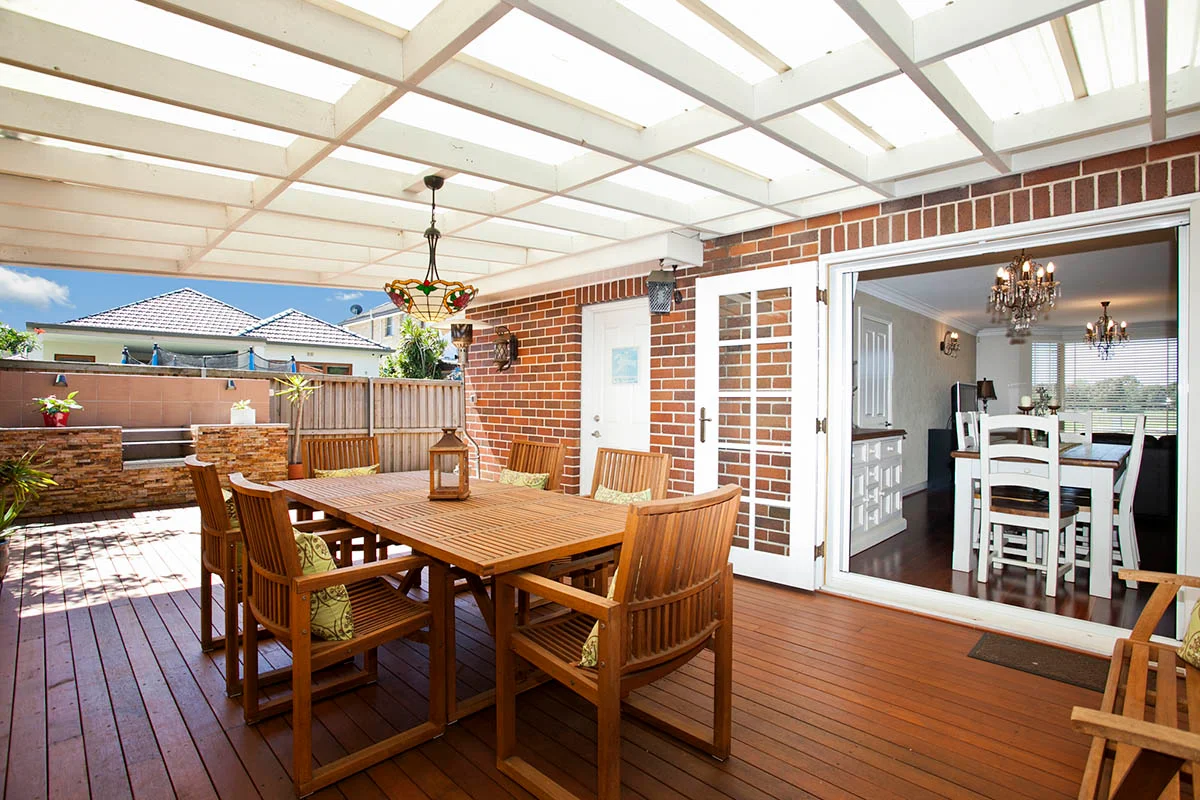
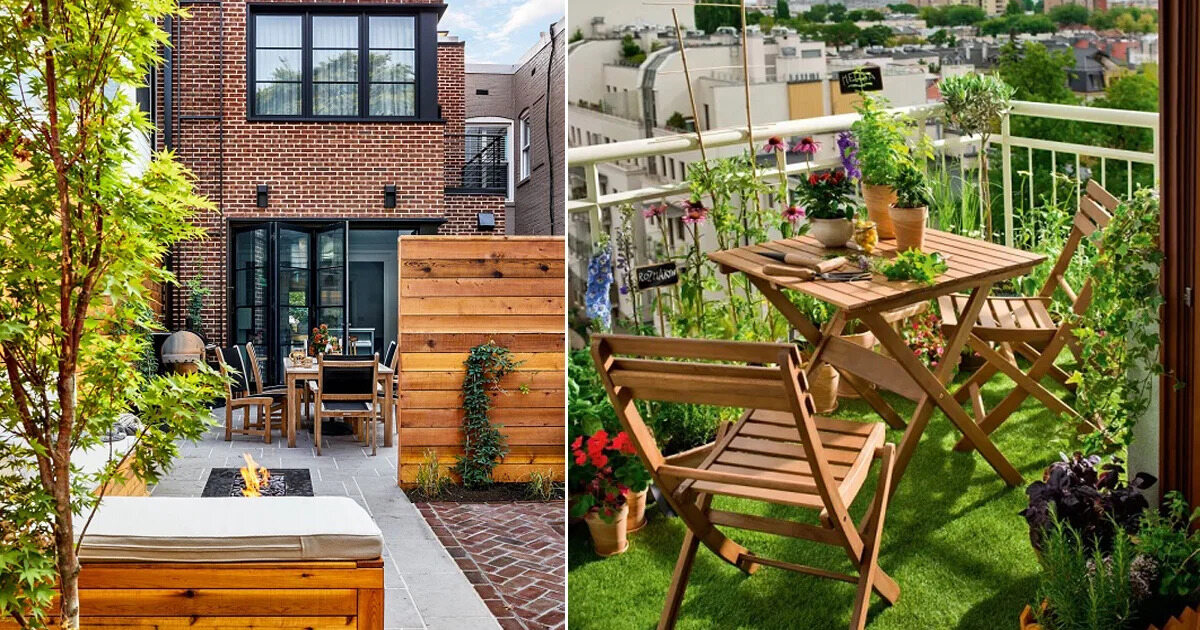
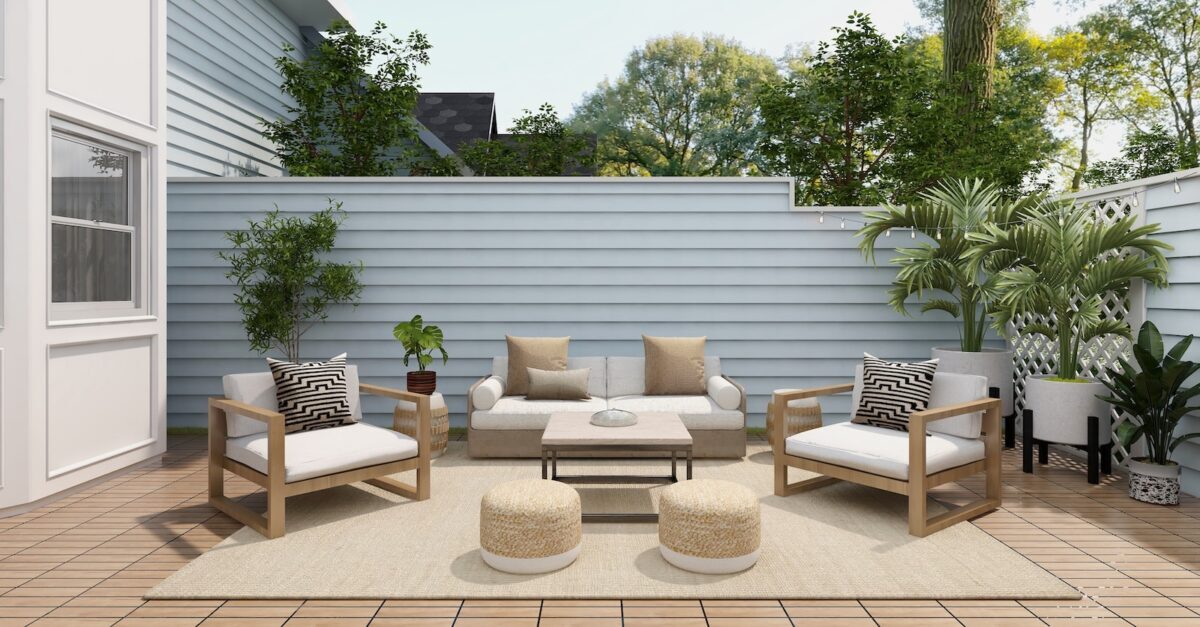
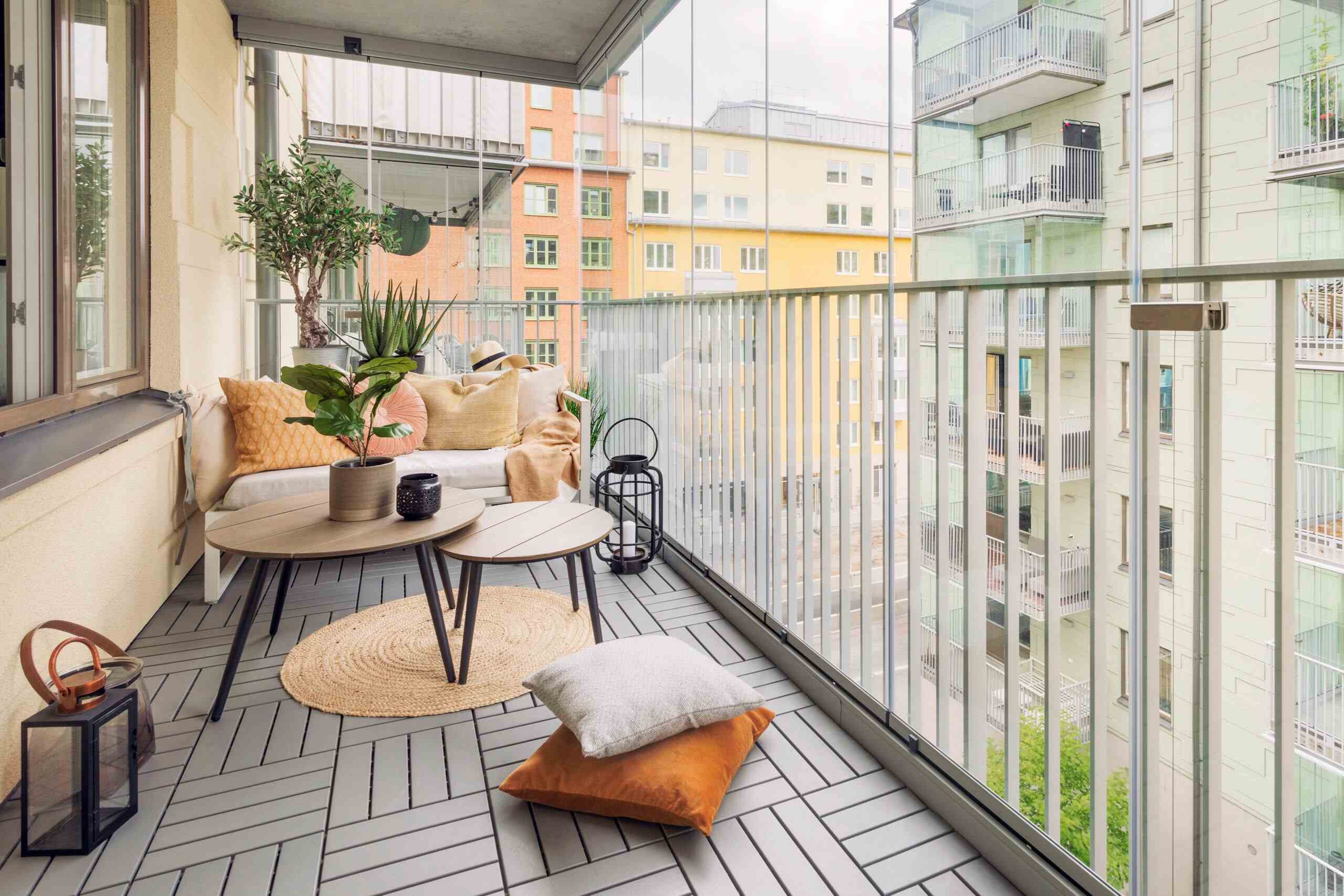
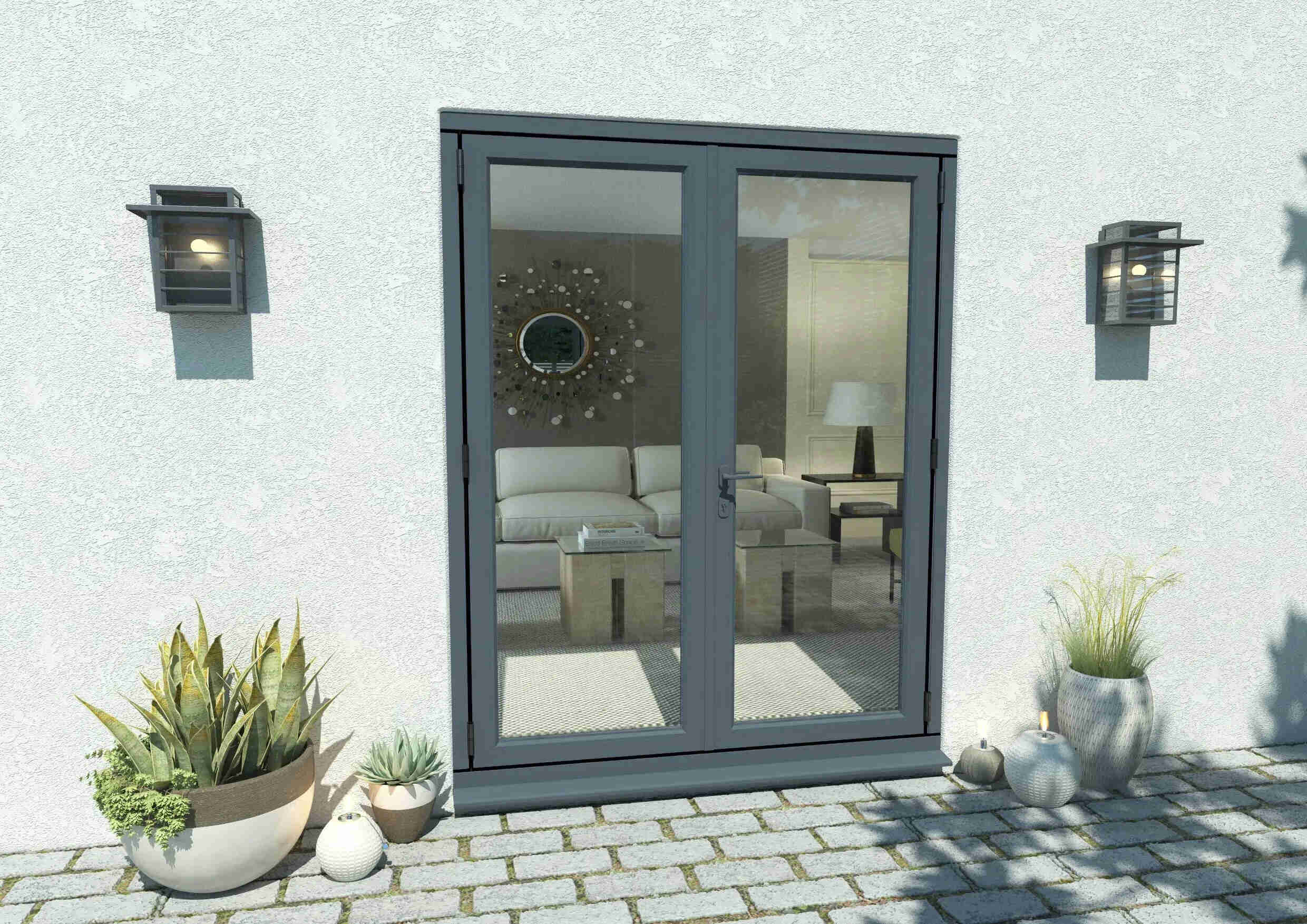





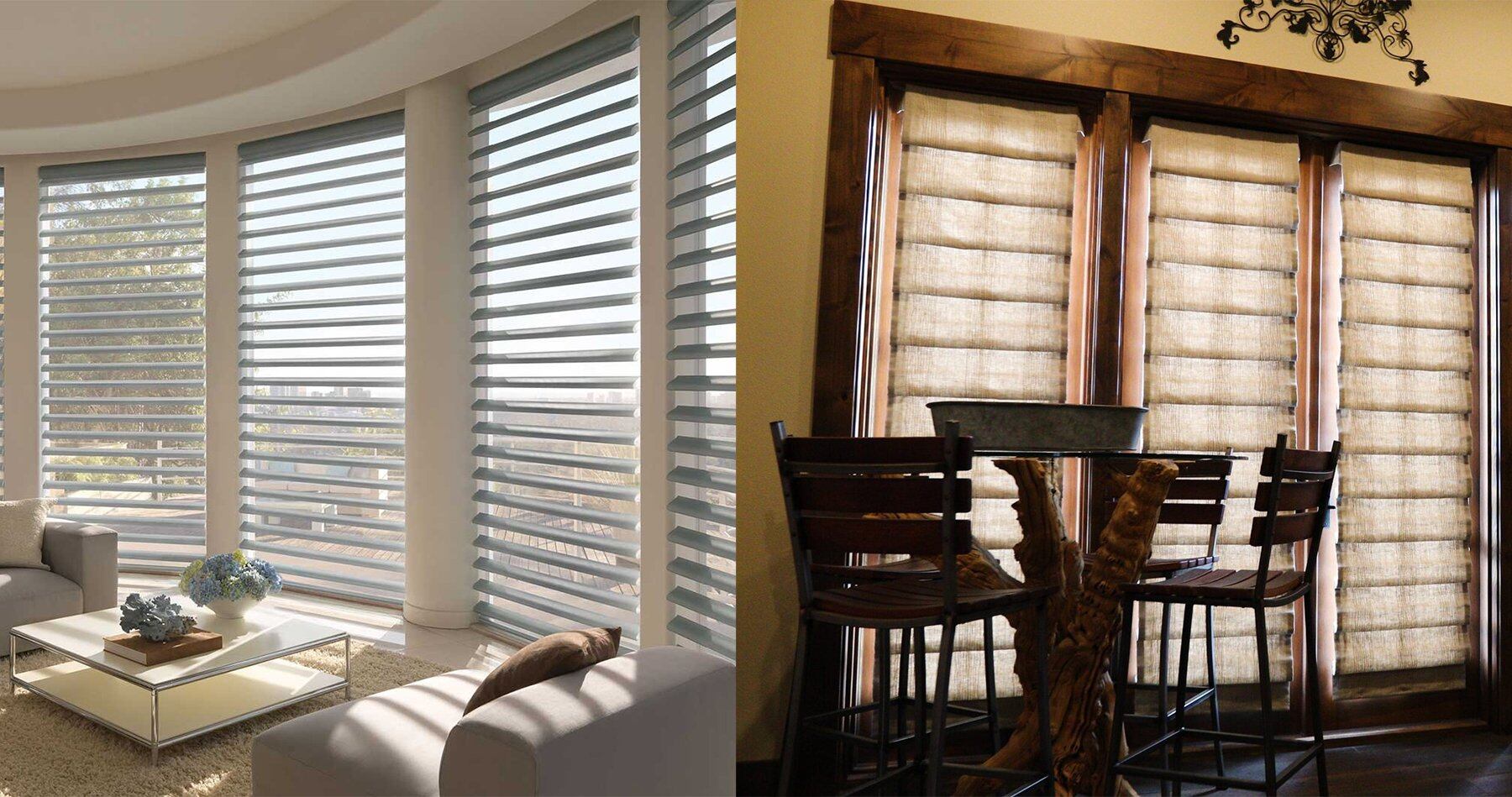
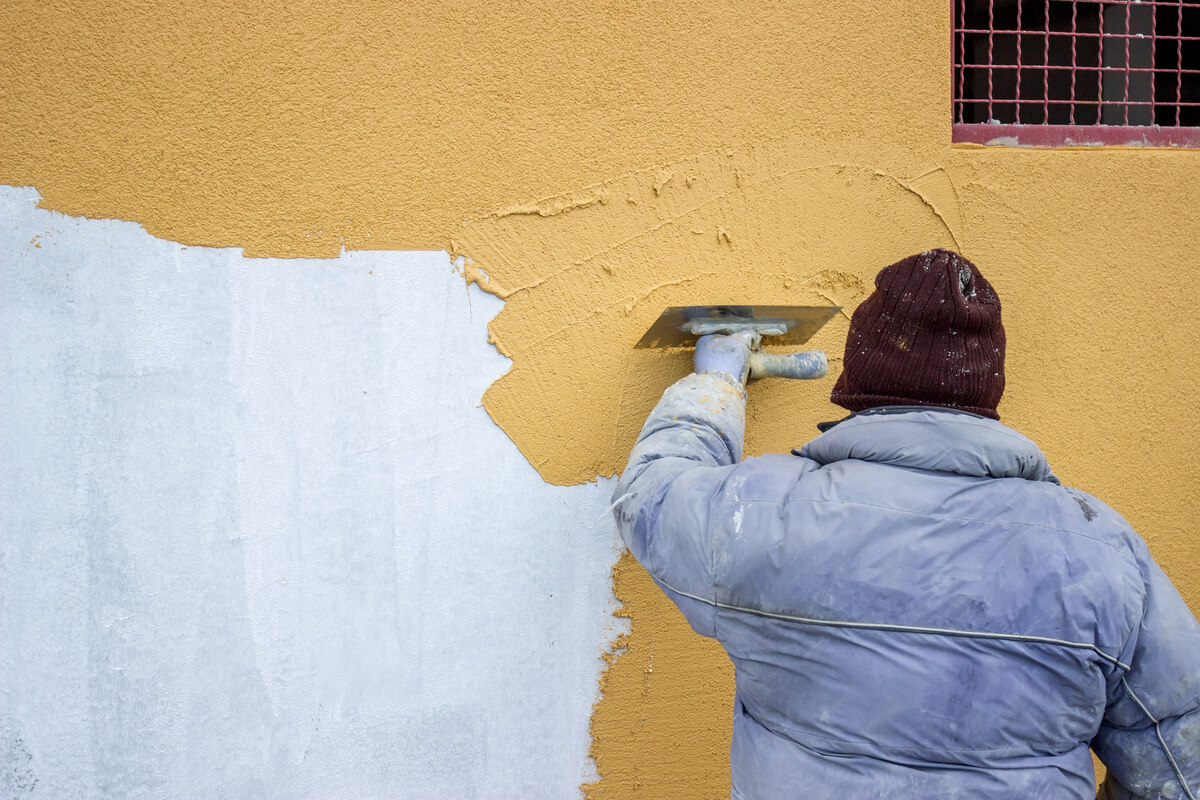

0 thoughts on “What Is The Difference Between A Terrace And A Patio”